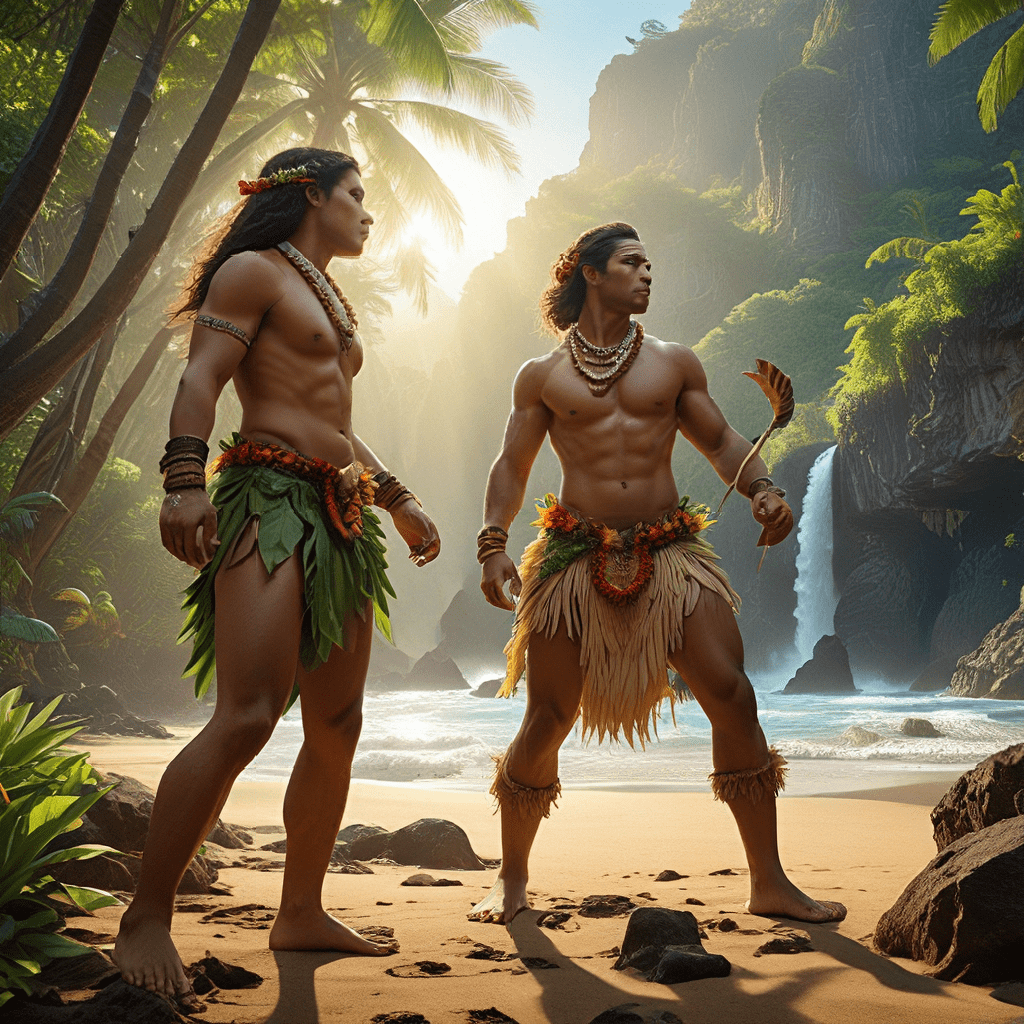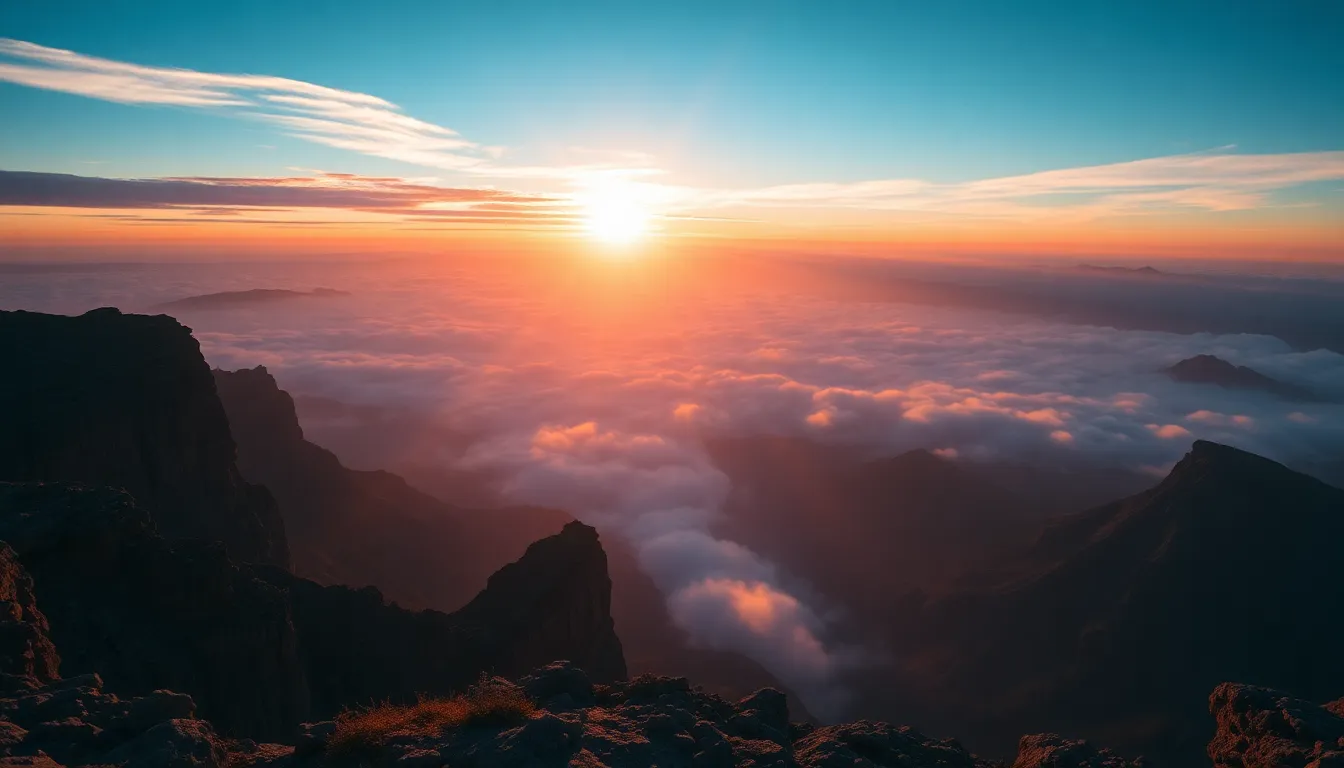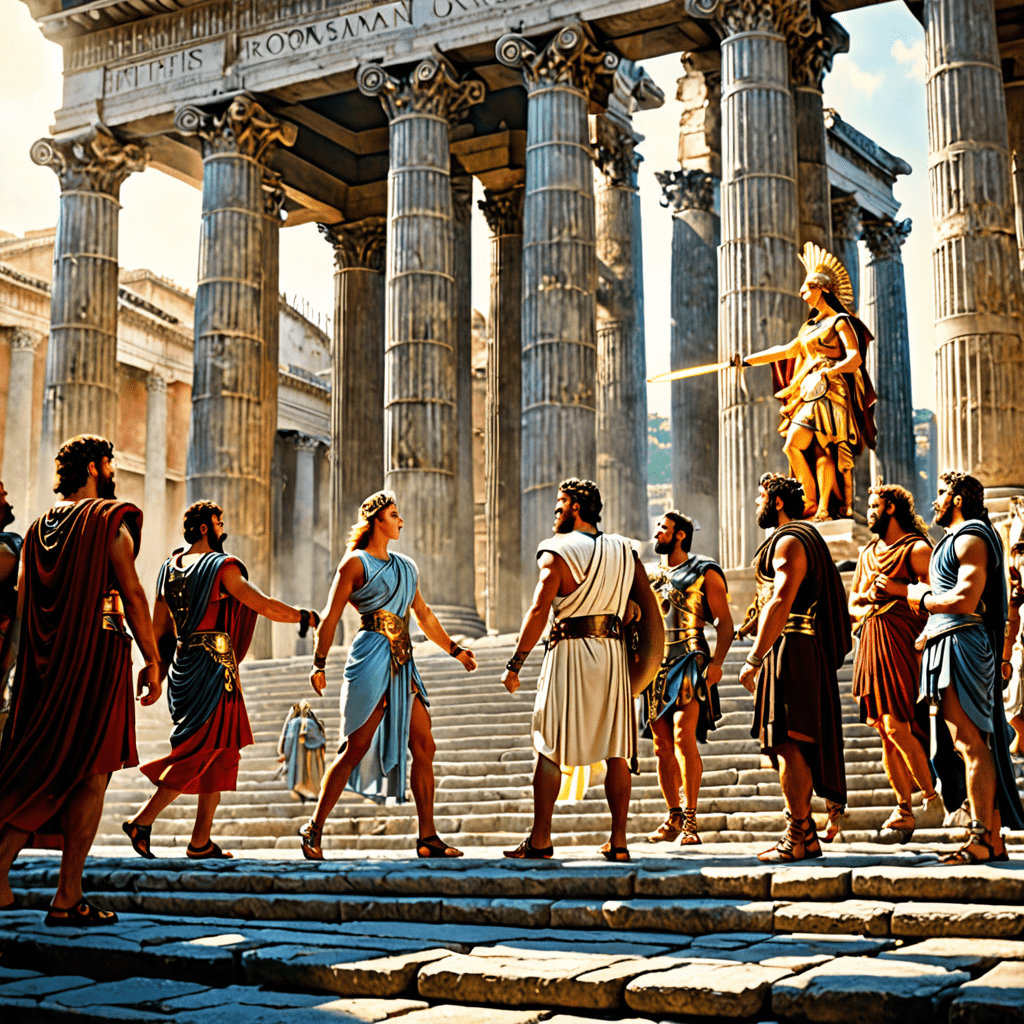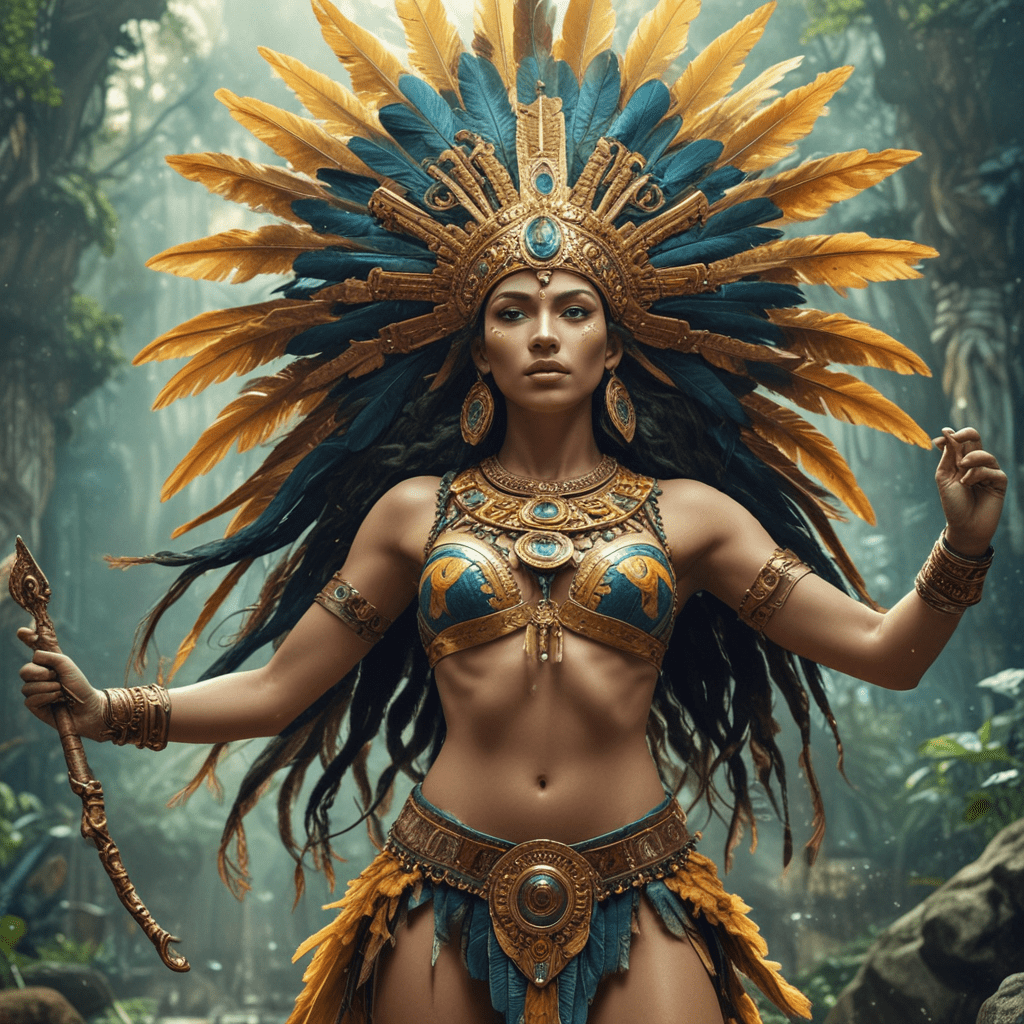Mana: A Vital Force in Hawaiian Culture
In the vibrant tapestry of Hawaiian culture, mana stands as a central thread, weaving together beliefs, practices, and traditions. This powerful concept, deeply rooted in the islands' rich history and mythology, embodies a divine and potent force that permeates all aspects of life. Mana isn't simply an idea; it's a tangible presence that infuses the natural world, objects, and even humans, shaping their destinies and influencing their interactions.
Understanding mana is crucial to grasping the essence of Hawaiian culture. It's a belief system that explains the interconnectedness of all things and underscores the reverence for the sacredness of life. Mana is not a static entity; it's an ever-flowing energy, constantly in motion, influencing the course of events and shaping the world around us. As we delve deeper into the concept of mana, we'll discover its multifaceted nature, its profound impact on Hawaiian society, and its continued relevance in modern times.
The Essence of Mana: A Divine and Powerful Force
Mana, a Hawaiian word encapsulating a fundamental concept in their culture, embodies a divine and powerful force that permeates every aspect of existence. It's a vital life energy, an invisible yet potent presence that imbues the natural world, objects, and even people with strength, influence, and spiritual significance. This force isn't limited to a single form or manifestation; it's a dynamic energy that flows through all things, connecting them in a web of life.
Imagine a powerful, unseen current coursing through the earth, the oceans, the sky, and all that exists within them. This is mana, a force that can be both beneficial and destructive, depending on how it's harnessed and utilized. While it can bring abundance, prosperity, and good fortune, its power can also be misused, leading to misfortune or even tragedy.
Mana is not something that can be owned or controlled; it's a force that can be channeled and respected. It's a gift, a blessing bestowed upon those who live in harmony with nature and uphold the traditions of their ancestors.
Manifestations of Mana: In Nature, Objects, and People
Mana is not confined to a single realm; it manifests in diverse ways, infusing the natural world, objects, and even individuals with its powerful presence.
Mana in Nature
The Hawaiian landscape itself is imbued with mana. The towering mountains, cascading waterfalls, and vast oceans all radiate this vital energy. Sacred places, like volcanic craters or ancient burial grounds, are believed to hold particularly high concentrations of mana. These locations are often regarded as places of spiritual significance, where offerings are made and rituals are performed to connect with the divine.
Mana in Objects
Mana can also reside in objects, particularly those crafted with intention and reverence. Traditional Hawaiian artifacts, like wooden bowls, feathered capes, or tools used in rituals, are believed to hold a special kind of mana, imbued with the energy of their creators and the purpose they serve. It's why these objects are treated with respect and care.
Mana in People
Individuals, too, can possess mana, though it's often referred to as "mana'o," a term that encompasses both personal strength and spiritual power. This mana can be strengthened through actions, deeds, and relationships with others. Individuals who exhibit courage, wisdom, leadership, or a strong connection to the spiritual realm are often considered to have high mana'o.
The Role of Mana in Hawaiian Mythology
Mana plays a pivotal role in Hawaiian mythology, shaping the stories, beliefs, and traditions that have been passed down through generations. It's a force that fuels the actions of gods and goddesses, influences the fate of heroes and villains, and explains the natural phenomena of the world.
In Hawaiian legends, mana is often associated with the creation stories that explain the origins of the islands, the birth of the first humans, and the establishment of social structures. The gods and goddesses, powerful beings with immense mana, are responsible for shaping the world and influencing the lives of mortals. Their actions, whether benevolent or malicious, are fueled by the power of mana.
Hawaiian Gods and Goddesses with Mana
Hawaiian mythology is populated by an array of gods and goddesses, each possessing unique characteristics and wielding mana in different ways. Some of the most prominent deities include:
-
Kū: A powerful god associated with war, agriculture, and the land. His mana is potent and commanding, making him a formidable figure.
-
Kāne: A god of creation, fertility, and knowledge, Kāne's mana is associated with growth, abundance, and intellectual pursuits.
-
Lono: Associated with peace, prosperity, and agriculture, Lono's mana is gentle and nurturing, symbolizing the bounty of the land.
- Hiʻiaka: A powerful goddess associated with healing, love, and magic. Hiʻiaka is known for her compassion and her mastery of healing arts.
These gods and goddesses are not merely figures in stories; they represent the forces that shape the world and the principles that guide Hawaiian society. Their actions, fueled by mana, reinforce the belief in the interconnectedness of all things and the importance of living in harmony with the natural world.
Theories on the Origins of Mana
The origins of the concept of mana in Hawaiian culture are shrouded in the mists of time, a testament to the long and rich history of the islands. While no definitive answer exists, several theories attempt to explain its emergence and enduring significance.
One prominent theory suggests that the concept of mana evolved from the Polynesian ancestors of the Hawaiians. These early settlers, who navigated vast distances across the Pacific Ocean, developed a deep reverence for the natural world and its forces. This reverence likely gave rise to the idea of a powerful, unseen energy permeating all things, driving the cycles of life and death, and shaping the destinies of individuals and communities.
Another theory proposes that mana developed alongside the emergence of social hierarchy in ancient Hawaiian society. As communities grew larger and more complex, leaders emerged, wielding authority and influence over others. The concept of mana may have been used to explain this power dynamic, associating it with a divine force that granted certain individuals a heightened level of authority and influence.
Moreover, the concept of mana may have been influenced by the interaction of ancient Hawaiians with the natural world, particularly volcanoes. These powerful geological formations, with their ability to create and destroy, were likely seen as manifestations of a potent, unseen force. The volcanic landscape of Hawaii, with its dramatic peaks and flowing lava, provided fertile ground for the development of beliefs surrounding mana.
Ultimately, the origins of mana remain a subject of ongoing study and debate. While definitive answers may elude us, the concept itself, with its profound influence on Hawaiian culture, continues to inspire fascination and wonder.
Mana and the Concept of Tapu (Sacredness)
In Hawaiian culture, mana and tapu (sacredness) are inextricably intertwined. Tapu is a concept that denotes a state of sacredness or restriction, often associated with objects, places, or individuals that possess an elevated level of mana.
Places with high concentrations of mana, like volcanic craters or ancient burial grounds, are often considered tapu, requiring special reverence and respect. Entering these areas without permission or engaging in improper behavior could result in negative consequences, as it would be disrespectful to the sacredness of the space and its powerful mana.
Certain objects, particularly those associated with rituals or the gods, are also imbued with tapu. These artifacts, such as feathered capes, carved idols, or tools used in religious ceremonies, are treated with utmost care and reverence, as they hold significant mana and can be disruptive if handled inappropriately.
Individuals, too, can possess tapu, often due to their position in society, their lineage, or their knowledge of sacred practices. High chiefs and priestesses, who were believed to have a close connection to the gods, were often considered tapu, requiring special rituals and protocols to interact with them.
The concept of tapu reinforces the idea that mana is not simply a force to be exploited but a sacred energy to be revered and respected. It serves as a reminder that the world is filled with forces beyond human comprehension, demanding humility and reverence in our interactions with the natural world and the spiritual realm.
The Influence of Mana on Hawaiian Society
Mana, being a fundamental principle of Hawaiian culture, deeply influenced the structure and functions of their society. It shaped social hierarchies, guided religious practices, and influenced daily life, contributing to the overall harmony and well-being of the community.
Social Hierarchy
Mana played a pivotal role in establishing and maintaining social hierarchies. Those with high mana'o (personal mana) – often chiefs, priests, and warriors – were considered divinely favored, wielding authority and influence within the community. Their lineage, deeds, and connection to the gods contributed to their elevated status. The respect given to these individuals was a reflection of their mana, recognizing the power they held and the responsibility they bore.
Religious Practices
Mana was central to Hawaiian religious practices. Rituals like offerings, chants, and dances were performed to appease the gods and harness their mana for the benefit of the community. These practices were designed to maintain harmony with the natural world and the spiritual realm, recognizing the interconnectedness of all things.
Daily Life
Mana permeated every aspect of Hawaiian daily life. From the rituals performed before fishing or farming to the placement of homes and the construction of temples, decisions were made with a deep awareness of the presence and influence of mana. This reverence for the sacredness of the natural world and the spiritual realm informed their actions and guided their interactions with one another.
Maintaining Harmony
The concept of mana encouraged a sense of interconnectedness and responsibility among the Hawaiian people. It emphasized the importance of living in harmony with nature, respecting the gods, and upholding the traditions of their ancestors. This cultural framework served as a foundation for a thriving and sustainable society.
Mana and the Hawaiian Language
The Hawaiian language, a unique and vibrant expression of their culture, is deeply intertwined with the concept of mana. The language itself reflects the reverence for the natural world and the recognition of its sacredness.
Words Reflecting Mana
Hawaiian words for various aspects of life, from the elements of nature to human emotions, often incorporate the concept of mana. For instance, the word "mauna" (mountain) evokes the powerful energy and influence of these towering peaks. "Aloha" (love), a word that signifies deep affection and respect, also reflects the interconnectedness of all things and the importance of living in harmony.
Mana Shaping Language
The language itself is imbued with mana. Certain words are considered tapu, requiring careful use and respect. Hawaiian chants and stories, passed down through generations, are believed to hold significant mana, conveying wisdom, knowledge, and spiritual connections.
Preserving the Language
The preservation of the Hawaiian language is considered essential for safeguarding the cultural heritage of the islands. It's a living embodiment of the concepts of mana and tapu, a reminder of the deep spiritual connection of the Hawaiian people to their land, their ancestors, and the divine.
Modern Interpretations of Mana in Hawaiian Culture
Despite the influences of Western culture, the concept of mana remains relevant and powerful in contemporary Hawaiian society. It continues to shape the way Hawaiians understand themselves, their relationship to the natural world, and their cultural identity.
Modern Applications
The concept of mana is applied in modern contexts, influencing the practice of traditional Hawaiian healing, the revitalization of cultural traditions, and the pursuit of environmental sustainability. The belief that mana permeates all things inspires a deep respect for the natural world and an appreciation for the ancient wisdom embedded in Hawaiian culture.
Modern Challenges
However, the modern world has presented challenges to the idea of mana. Globalization, urbanization, and the breakdown of traditional social structures have impacted the way mana is understood and practiced.
Continued Relevance
Despite these challenges, the concept of mana remains a powerful force in Hawaiian culture. It serves as a reminder of their spiritual heritage, their connection to the land, and the importance of honoring the ancestors and the traditions they have passed down.
FAQ
What is mana in Hawaiian culture?
Mana is a divine and powerful force that permeates all aspects of existence in Hawaiian culture. It's a vital life energy, an invisible yet potent presence that imbues the natural world, objects, and even people with strength, influence, and spiritual significance.
How is mana manifested in Hawaiian culture?
Mana manifests in a variety of ways, including:
- Nature: The natural world, particularly sacred places like volcanic craters, are imbued with mana.
- Objects: Artifacts used in rituals or those created with intention hold mana.
- People: Individuals, particularly those with high mana'o, are considered to possess mana, often referred to as "mana'o."
What is the relationship between mana and tapu?
Tapu is a concept that denotes sacredness or restriction, often associated with objects, places, or individuals that possess an elevated level of mana. Tapu reinforces the idea that mana is not simply a force to be exploited but a sacred energy to be revered and respected.
How does mana influence Hawaiian society?
Mana plays a pivotal role in shaping social hierarchies, guiding religious practices, and influencing daily life. It encourages a sense of interconnectedness and responsibility, emphasizing the importance of living in harmony with nature and respecting the gods.
What is the role of the Hawaiian language in relation to mana?
The Hawaiian language is deeply intertwined with the concept of mana. Words for various aspects of life often incorporate the concept of mana, reflecting the reverence for the natural world and the recognition of its sacredness. The language itself is imbued with mana, making it an important tool for preserving Hawaiian cultural heritage.
Is mana still relevant in modern Hawaiian culture?
Despite the influences of Western culture, the concept of mana remains relevant and powerful in contemporary Hawaiian society. It continues to shape the way Hawaiians understand themselves, their relationship to the natural world, and their cultural identity.
How does mana influence modern Hawaiian practices?
The concept of mana influences the practice of traditional Hawaiian healing, the revitalization of cultural traditions, and the pursuit of environmental sustainability. It inspires a deep respect for the natural world and an appreciation for the ancient wisdom embedded in Hawaiian culture.




